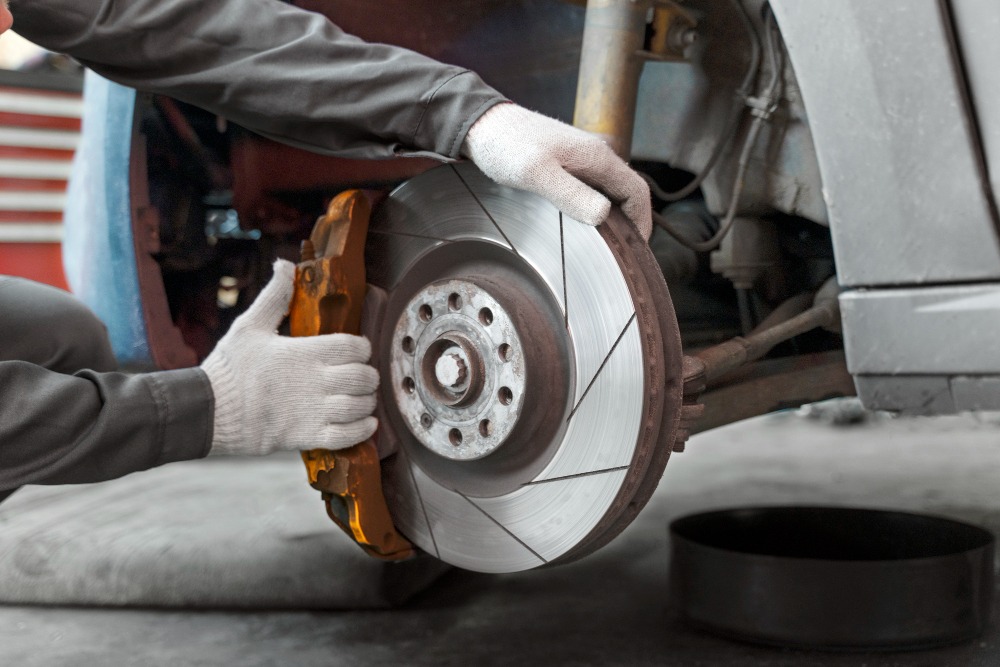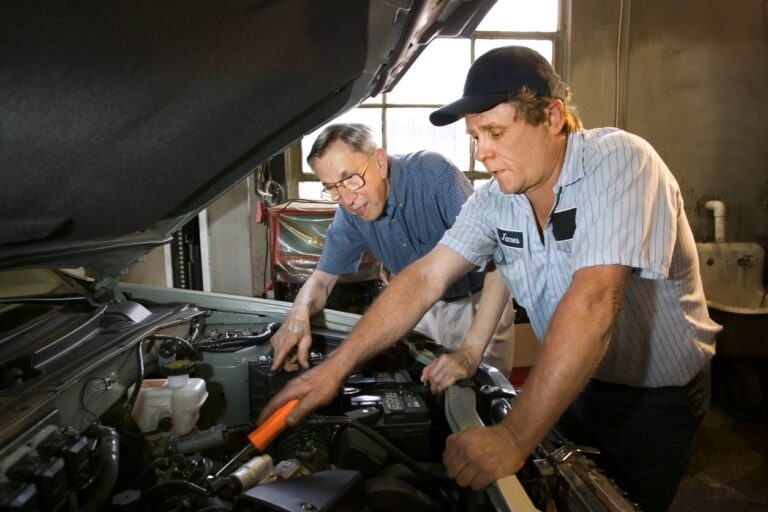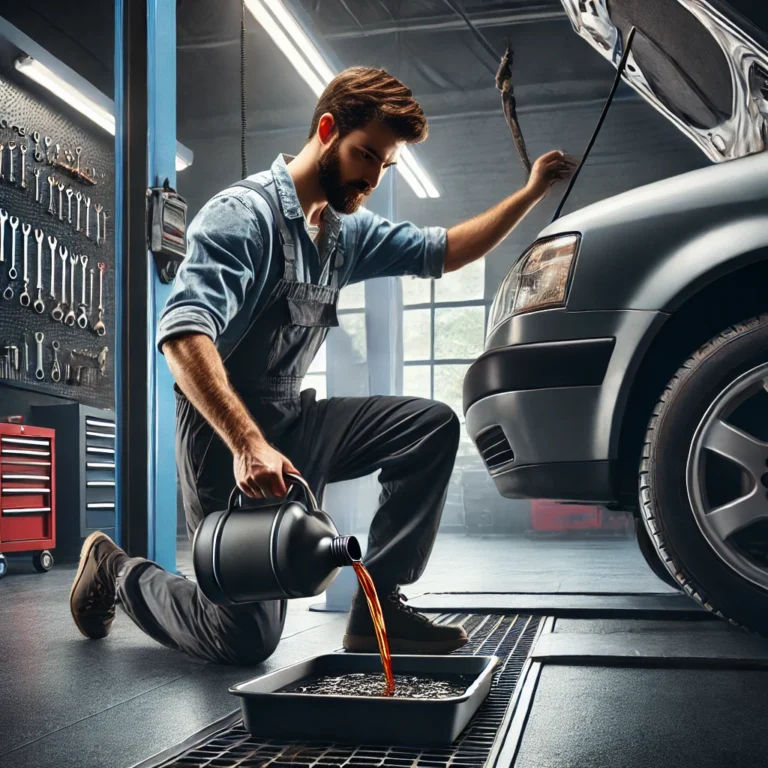Let’s be real: Brake pads are the unsung heroes of your car, working behind the scenes to keep you safe. But like any hero, they can’t go forever without a little TLC. When your brakes start giving off warning signs, you need to act before it’s too late. Here are the 10 ways your brake pads are trying to tell you they’re done:
1. Squealing: The Universal SOS
You press the brake, and suddenly it’s like nails on a chalkboard. That squealing noise is no accident—brake pads are built with a little metal tab called a wear indicator that starts making noise when your pads are getting thin. It’s their way of saying, “Help!” So, when you hear that screech, don’t ignore it.
2. Grinding: The Danger Zone
If your brakes are grinding, you’ve gone way beyond squealing. This means your brake pads are worn down to the metal backing, and now the rotors are getting scraped. Not only is it noisy, but it can also cost you big bucks. Once you hear this, you’re not just dealing with brake pads anymore—you’re looking at rotor damage.
3. Soft Pedal: The Spongy Feeling
If you step on your brake pedal and it feels soft, spongy, or goes lower than usual, that’s a sure sign something’s wrong. It could mean your pads aren’t gripping well anymore, or worse, you’ve got brake fluid issues.
4. Vibrations: The Pedal Tells All
Feeling your steering wheel or brake pedal vibrate when you stop? That’s a clear signal that either your brake pads are unevenly worn or your rotors are warped. Brake pads should wear evenly; if they don’t, it messes with the smoothness of the brake system, leading to vibration every time you stop.
5. The Warning Light: The Car’s Cry for Help
Many modern cars have brake wear sensors that trigger a dashboard warning light. When that light comes on, it’s your car’s version of texting you “BRB—replace brake pads ASAP.”
6. Pulling to One Side: It’s All About Balance
Your car pulls to the left or right when braking? This is a sign that one set of brake pads is more worn than the other, or that your calipers aren’t functioning correctly. In either case, this imbalance could leave you in a dangerous situation, especially during sudden stops.
7. Longer Stopping Time: Not the Time to Test Your Reflexes
If your car isn’t stopping as quickly as it used to, your brake pads are probably nearing the end of their life. Worn pads don’t provide the same friction needed to stop quickly, which can increase your stopping distance—a risky gamble when driving at higher speeds.
8. Visual Check: See for Yourself
If you have alloy wheels, you can peek through the spokes to check the thickness of your brake pads. Anything less than 3 mm, and it’s time for a change. If your brake pads have a center groove or slot, and that slot is gone, that’s another clear sign of wear.
9. Grooved Rotors: A Slippery Slope
You might be able to see the rotors through the wheel, and if you spot deep grooves, your brake pads have likely worn down enough to scar the rotors. If you wait too long, you’ll need to replace both the pads and the rotors, doubling the cost of your brake job.
10. Burning Smell: Brake Pads on Fire
Ever notice a sharp, burning smell after hard braking? That could be overheated brake pads. Continuous hard braking can heat up your pads, rotors, and calipers, causing them to overheat and wear out faster. If you get a whiff of burning, it’s time to cool it down and give your brakes a break—literally.
Act Now, Save Later
If any of these warning signs are popping up, don’t wait to act. Ignoring the issue might save you time now, but it’ll cost you big later—not just in repairs, but in safety. Checking and replacing brake pads is an easy job, and if you catch the problem early, you’ll avoid the added headache of rotor or caliper replacements.
Your brakes are the last line of defense between you and danger. Keep them in top shape, and they’ll keep you safe.







